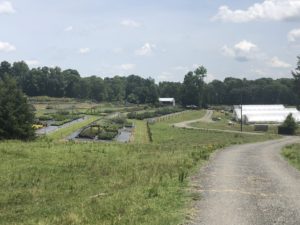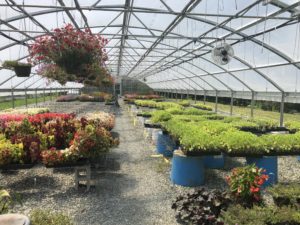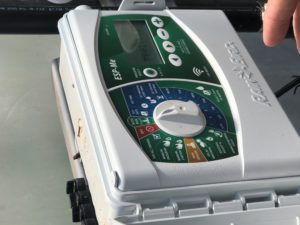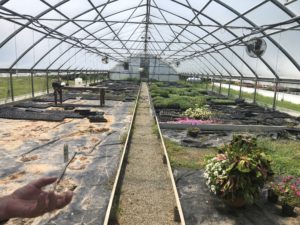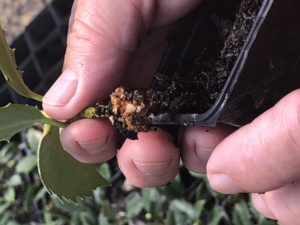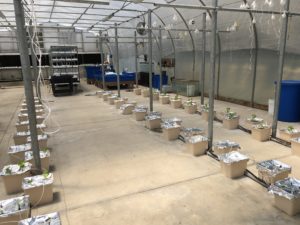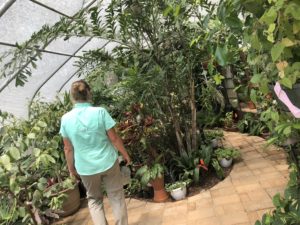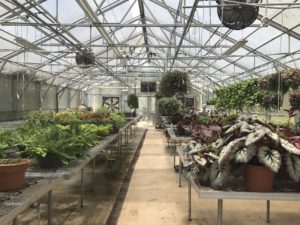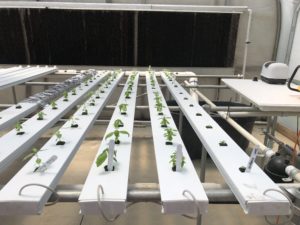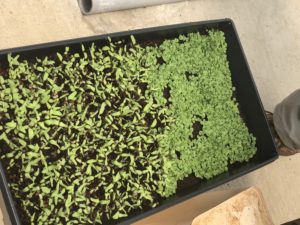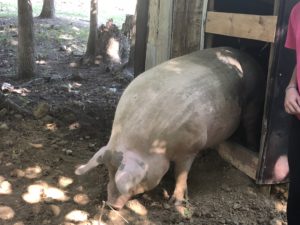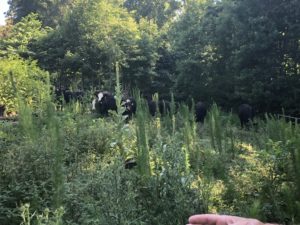The Willoughby Nursery Visit
On June 29th, I had the pleasure of visiting the Willoughby Nursery and Farm. This was a unique visit. All of the farms up until this point dealt primarily with products that were intended for consumption. We had visited farms raising cattle, chickens and growing all different types of crops. This particular market was primarily beautification. Vaughn and his family grow many different types of plants, flows and shrubbery the the nursery. Vaughn markets an assortment of brands as well as types of plants. I was amazed at the large selection of plants that his customers had to choose from. Vaughn showed me how plants are first put into small pots and then replanted as they grow. We then travelled to the the greenhouses. The Willoughby Nursery is equipped with thermostats and temperature control features in each greenhouse. If the temperature rises or falls past a certain degree, the equipment responses by automatically opening and closing windows, sprinkler systems and fanning systems. Vaughn and his family have worked hard throughout many years to produce the quality lawn beautification needs that many landscaping, small businesses or single family homes have. This visit highlighted the importance yet again of supporting small businesses in our community. The plants and flowers I saw growing on this property were far beyond in terms of quality in comparison to many of the same growing and being sold by larger companies. There were many examples of skills on this nursery that young students could be used. Making processes like watering, planting and growth monitoring easier and more efficient are opportunities that students and those in the younger generations could definitely take advantage at the Willoughby Nursery.
